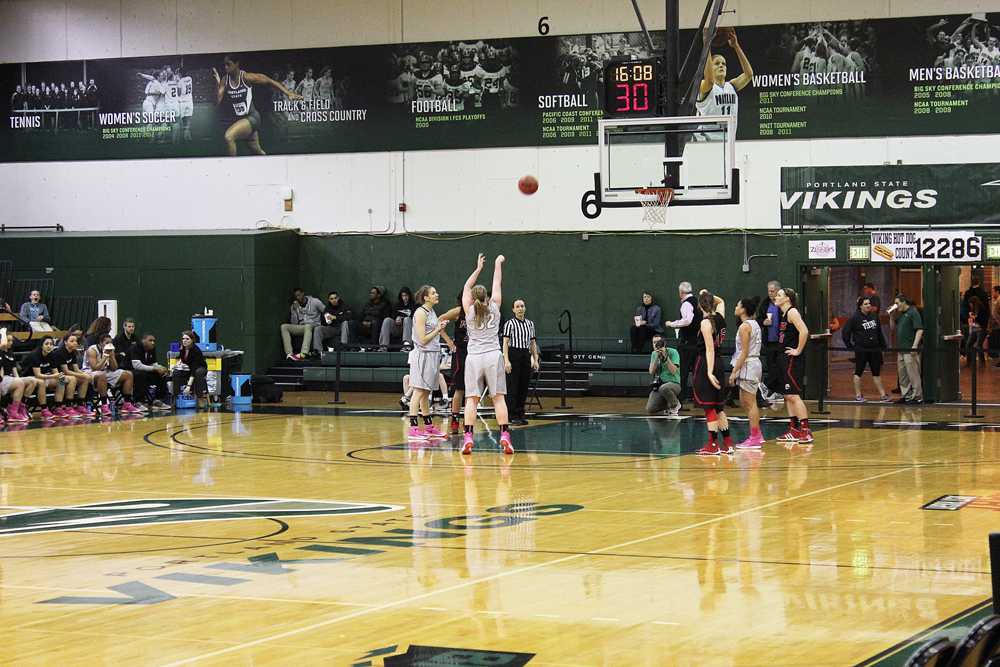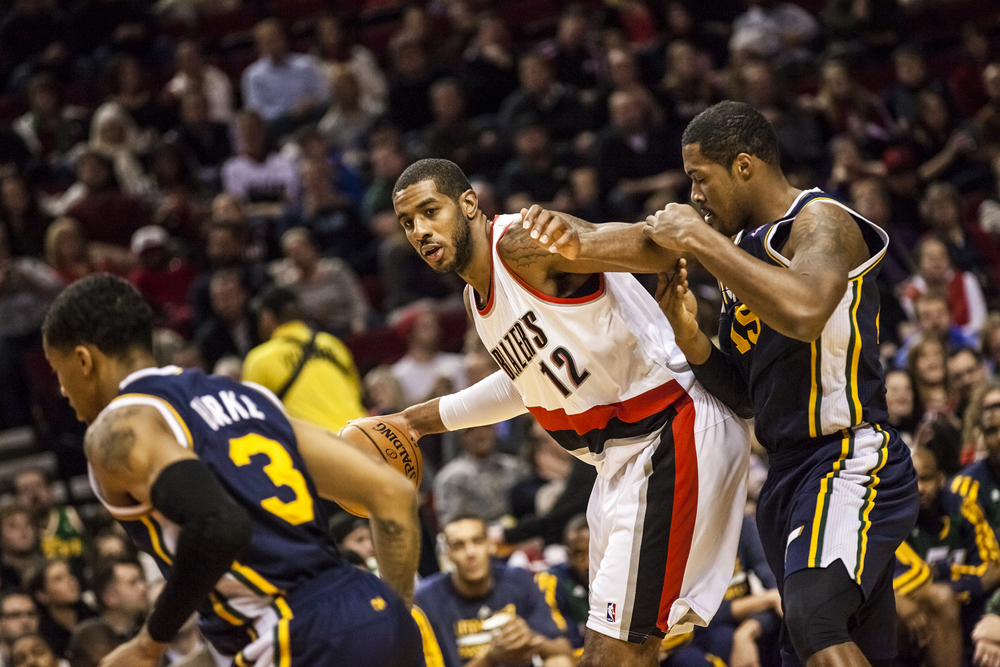If you check your pdx.edu email, you’ve probably seen a few emails from a bearded viking who seems to know a lot about Portland State and likes to update you with news and events happening on campus in a weekly newsletter called Virtual Viking.
In the Jan. 28 edition, a survey was released to PSU students that allowed them to give feedback on their experiences in the classroom, as well as the quality of their professors. This project was proposed as part of the reThink PSU initiative, which is an ongoing campus-wide movement to bring positive changes to the university.
“The goal of the reThink project is to be innovative and to find new, more effect ways of delivering education,” said Scott Gallagher, director of communications at PSU. “These projects can be more efficient, they can be more inexpensive and they can be different kinds of modules or instructional formats. Anything that helps students learn and graduate while being faster, cheaper and all of the above.”
This specific project is being directed by three PSU professors: Nike Arnold, professor of applied linguistics; Steve Thorne, professor of second language acquisition; and Kathryn Harris, assistant professor of second language acquisition.
Three separate surveys have been created and tailored for three specific groups at PSU: students, faculty/teacher assistants and administration.
In terms of reaching out to faculty/TAs and administrators, many have been recruited through focus-group emails and random email lists.
After the surveys have been analyzed and each bit of data is accounted for, the leaders of the program will create online learning modules and begin designing workshops where professors, whose teaching methods have proven successful by students, will be asked to share their personal tools.
“We want to give people some tools to get them to think about their teaching and hone their skills in that area,” Arnold said.
The timeline is set to continue through December of 2014, and modules should be ready to go by the fall.
Arnold gives additional details about the analytical process.
“Hopefully we’re going to be close to being done with collection of data in the next two weeks or so, then on to preliminary data analysis,” Arnold said. “We’re then going to do a more rigorous analysis. We really want to triangulate the answers to see if what the student says matches up with the professors.”
So far students have been provided with a link through Virtual Viking and some through mailing lists. Christian Aniciete, social media coordinator for PSU’s communication office and the man behind Virtual Viking, explains that the newsletter containing the survey gained a fair amount of popularity.
“This particular issue received a 22 percent open rate,” Aniciete said. “The link to the PSU teaching survey received one of the most hits for the issue, with a 20 percent click-through rate.”
Aniciete said that normally these newsletters have a 20 percent open rate while links are generally at a 15 percent click-through rate.
One thing to keep in mind for those interested in filling out the survey is that each student participant will remain completely anonymous, and no personal information is required. This project keeps answers under wraps from the public, and results are used solely to create the learning modules.
Arnold explains the extended ethics behind the project.
“Whenever you conduct research involving people, you have to go through ethics committees so they understand their rights. This was all approved to be ethical in the guidelines for research,” Arnold said. “We are not allowed to share responses for anything but research purposes.”
Websites like “Rate My Professor” tend to outline the flaws in professor performance at colleges and universities, but this professor quality survey takes a different approach.
“This project focuses on effective practices,” Arnold said. “Our angle is never going to be ‘look at what this professor is doing wrong.’ It is, ‘look at how this professor is doing things and how students are reacting.’ There’s not one wrong way and one right way. It all depends on dynamic of the class.”
Gallagher notes that the purpose of the survey is also to understand the needs of students.
“Things have changed. It’s not just going to class and taking tests anymore—not that that isn’t beneficial,” Gallagher said. “We are rethinking how we deliver education to meet the needs of our students more efficiently and inexpensively.”






